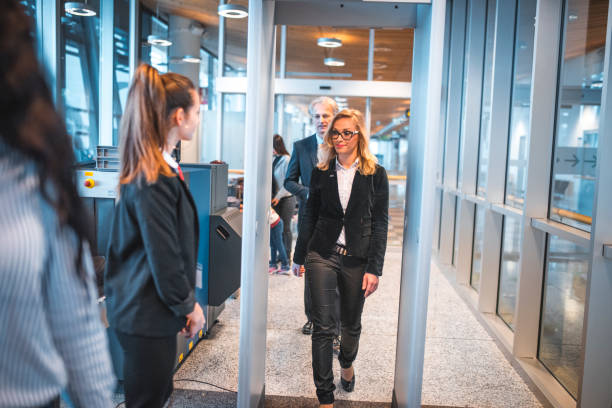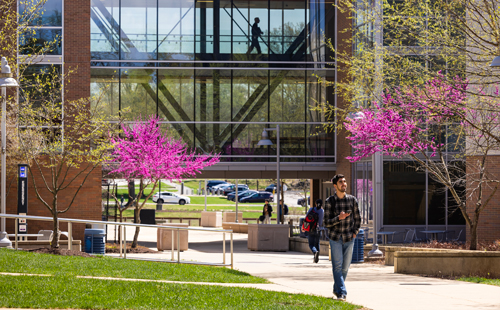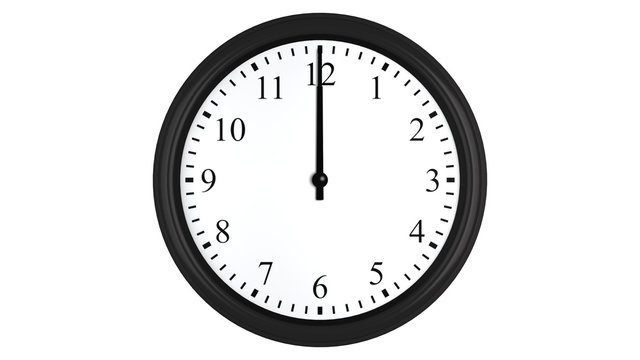MCPS’ school safety precautions are simply not enough. Identification lanyards, StudentVue checks at football games and locked doors are all measures that prevent non-students from entering school premises. However, these provisions blatantly disregard a sad truth about school shootings: the perpetrator is often a student at that very school.
The U.S. Government Accountability Office reported that half of all school shootings were committed by current or former students. This statistic demonstrates how common it is for the danger to come from within. MCPS does have some precautions to protect students in these cases including staff safety training and lockdown drills, but they only deal with damage control, not prevention.
Important buildings such as airports, museums and courthouses all have metal detectors to ensure that a weapon does not enter the premises, so why is this preventative measure not extended to schools? Schools certainly fall under the category of “important buildings” as they house precious contents on a near-daily basis: children.
Metal detectors would benefit schools by identifying threats before students or staff members are harmed. Although lockdown drills would still be necessary as metal detectors are not 100% fool-proof, lockdowns would become less likely if metal detectors served as a first round of deterrence. This would lessen the stress on teachers and administrators who have to manage and execute the lockdowns, as well as on students who have constant anxiety that one may occur.
Many school systems, including DC Public Schools, have already implemented metal detectors to prioritize student safety by ensuring that dangerous weapons such as firearms, blades and explosives do not make it into the buildings. The New York City School District has used metal detectors for years, collecting data since 2016 about the effect of the detectors. They found that in just the 2016-2017 school year, 1,000 weapons were confiscated in the school district due to metal detectors. All of these weapons had the ability to result in deadly encounters, but their detection prevented potential tragedies and kept staff and students safe.
The Apalachee High School shooting in Georgia that occurred earlier this school year is one of the many examples of a shooting where the perpetrator was a current student. The student opened fire in the school, leaving four dead and nine injured. It was reported that Apalachee High School did not have metal detectors, the presence of which could have prevented this tragedy if the gun had been detected and confiscated before school. Furthermore, it is possible that the student would not have attempted to bring the firearm to school if he had known that he would be greeted with metal detectors upon entering.
A valid concern about the implementation of metal detectors is the delay it would put on students entering the building in the morning if they are bottlenecked through one door. Although adding some time is inevitable, an organized system can be put in place to limit this annoyance. WCHS has many doors dispersed around the first floor, so they could lock and secure all but three doors. Then, they could station metal detectors at each of the three unlocked entrances. Although this would still cut down the amount of entries for students, it would immensely decrease the traffic caused by one open set of doors with metal detectors.
Spending a few extra minutes in the morning may be frustrating for students and staff, but it is worth keeping members of the school community safe. Getting slightly less sleep or missing out on a morning iced coffee may feel annoying for moody teens and busy staff members, but these are tiny sacrifices when the lives of students are on the line.









